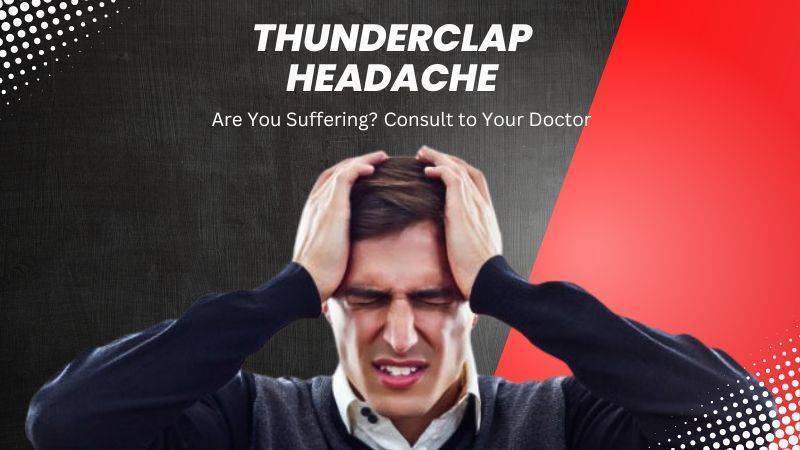Hemorrhoids, a very common but often unspoken health condition that affects a vast number of people around the world resulting in discomfort, itchy sensations around the anal region, and bleeding during bowel movements.
A diet rich in fiber can contribute significantly to preventing the occurrence of hemorrhoids.
What are Hemorrhoids?

Hemorrhoids, also known as Piles, are swollen veins in the lowest part of your rectum and anus.
Similar to varicose veins, they can be either inside the rectum (internal) or under the skin around the anus (external).
These swollen veins may cause symptoms such as bleeding during bowel movements, itching, and pain.
How Common is it?
Hemorrhoids are quite common with nearly three out of four adults experiencing them from time to time.
It tends to be more common in adults between the ages of 45 and 65.
What are the Causes?
When you push or strain too much, it puts a lot of stress on the veins in your bottom area, and this can lead to hemorrhoids.
So, any time you put too much pressure on your stomach area or lower body, it can make the veins in your bottom area swell up and get irritated.
This can happen because of several reasons, like:
- Gaining weight, which can put extra pressure on your lower body, especially when you’re pregnant.
- Trying too hard to pass stool when you’re constipated.
- Lifting heavy things, like weights or big boxes.
What are the Warning Signs?

Signs and symptoms of hemorrhoids might include
- Pain or discomfort during bowel movements
- Itching or irritation in your anal region
- Swelling around your anus
- Bleeding during bowel movements
- Lumps near your anus which may be painful or sensitive
Internal hemorrhoids usually don’t cause any discomfort and often go unnoticed because they can’t be felt.
This is why many individuals who have internal hemorrhoids may not be aware of their presence, especially if they aren’t causing any symptoms.
What are the Different Types?
Hemorrhoids are classified into two main types:
Internal Hemorrhoids: They lie inside the rectum and usually don’t hurt because there are fewer pain-sensing nerves in this area. However, straining or irritation can cause bleeding during bowel movements.
External Hemorrhoids: These are under the skin around your anus and can cause discomfort and bleeding. If a blood clot forms in an external hemorrhoid, it can be particularly painful (thrombosed external hemorrhoid).
- Prolapsed: Refers to a condition where both internal and external hemorrhoids stretch and extend outside of your anus. These types of hemorrhoids may cause bleeding or discomfort.
How is it Diagnosed?

A physical examination typically suffices to confirm the presence of hemorrhoids.
The following procedures may be carried out:
- Digital rectal exam: The professional will wear a glove, apply lubricant to a finger, and insert it into your rectum to check for any swollen veins.
- Anoscopy: In this procedure, a lighted tube called an anoscope is used to see the inside lining of your anus and rectum.
- Sigmoidoscopy: A sigmoidoscope, a lighted tube equipped with a camera, is used to examine the inside of the lower part of your colon and rectum. This can be done through either a flexible sigmoidoscopy or a rigid sigmoidoscopy (proctoscopy).
Though these tests may cause some discomfort, they aren’t painful and are usually carried out in a doctor’s office or an outpatient center without the need for anesthesia. You can usually return home on the same day.
If needed, your healthcare provider might carry out a colonoscopy to verify results from the other tests or to look for indications of colon cancer.
This procedure is performed on an outpatient basis and does require anesthesia.
Who is at the Risk?
Anyone can get hemorrhoids, but certain factors can increase the risk.
These include
- Age (they become more common with increasing age)
- Being pregnant
- Chronic constipation or diarrhea
- Low-fiber diet
- Heavy lifting
- Sitting for long periods
What are the Complications?
While not life-threatening, untreated hemorrhoids can lead to complications like
- Anemia
- Chronic blood loss leading to anemia,
- Strangulated hemorrhoid where the blood supply to the hemorrhoid is cut off causing extreme pain,
- Rarely, rectal prolapse where the rectum protrudes from the anus.
What Treatments are Available to Cure Hemorrhoids?

If hemorrhoid symptoms get worse, disrupt your daily activities or sleep, or if they don’t improve after a week of home remedies, it’s important to see your healthcare provider. They might treat hemorrhoids using the following techniques:
- Rubber band ligation: This involves putting a small rubber band around the base of the hemorrhoid to stop the blood flow to the vein.
- Electrocoagulation: This method uses an electric current to stop blood from flowing to the hemorrhoid.
- Infrared coagulation: A small probe is placed into the rectum that sends heat to remove the hemorrhoid.
- Sclerotherapy: In this procedure, a chemical is injected into the swollen vein to destroy the hemorrhoid tissue.
There are also surgical treatments, such as:
- Hemorrhoidectomy: This surgery is used to remove large external hemorrhoids or prolapsed internal ones.
- Hemorrhoid stapling: This procedure uses a stapling tool to remove an internal hemorrhoid or to pull a prolapsed internal hemorrhoid back into the anus and keep it in place.
How Can it be Prevented?
Dietary and lifestyle changes are the best ways to prevent hemorrhoids.
- Include more fiber in your diet
- Drink plenty of fluids
- Avoid straining during bowel movements
- Don’t ignore the urge to pass stools
- Avoid sitting for long periods
How Much is the Cost of Treatment?

The cost of hemorrhoid treatment in India varies depending on the treatment method.
Conservative treatment methods such as creams and ointments may range from INR 300 to INR 1,500.
In terms of surgical procedures, the cost can range from INR 15,000 to INR 50,000 depending on the procedure and hospital.
Living with Hemorrhoids
Living with hemorrhoids can be uncomfortable, but it’s usually manageable with over-the-counter treatments and lifestyle changes.
If you have symptoms of hemorrhoids, don’t be embarrassed to seek medical help.
Remember, it’s a common condition and there are various treatment options available to help you lead a comfortable life.
When dealing with hemorrhoids, early detection and management can prevent complications and improve your quality of life.
Take Care of Yourself!






